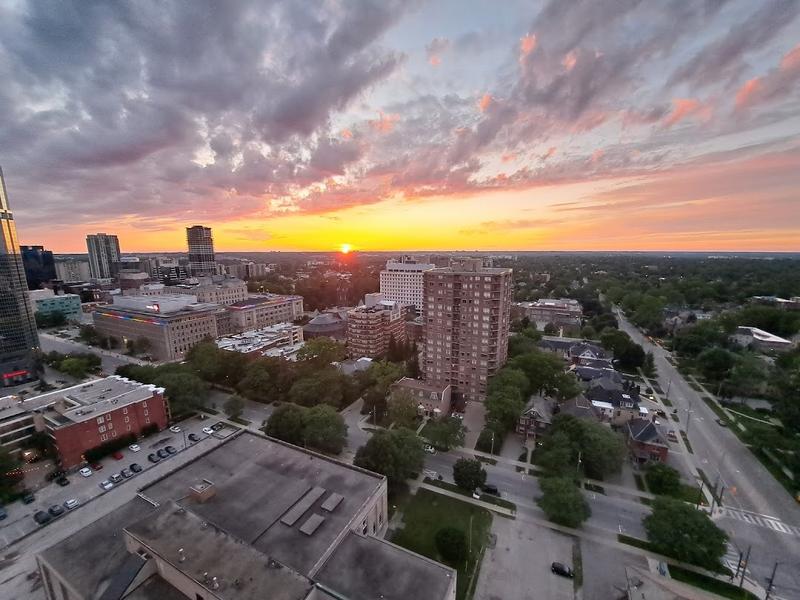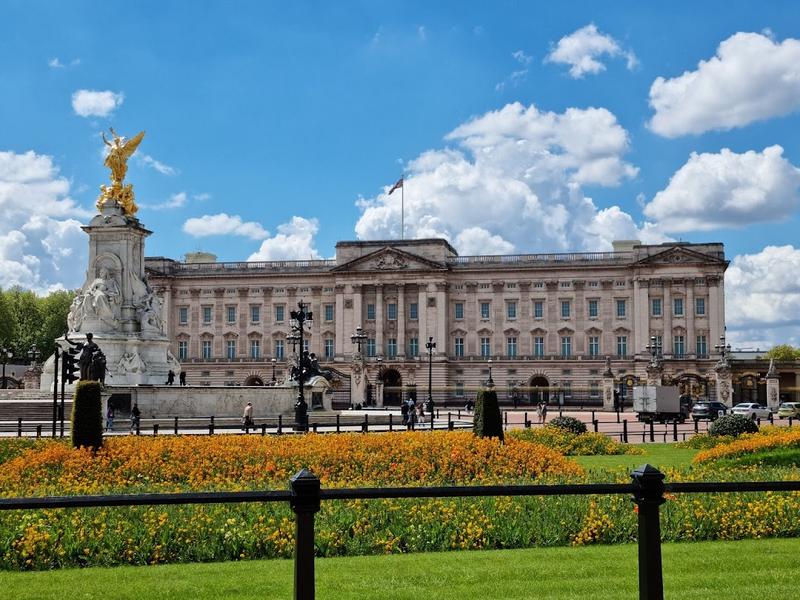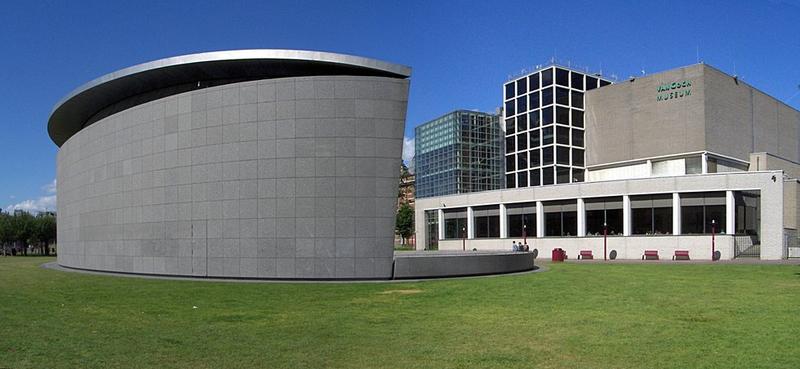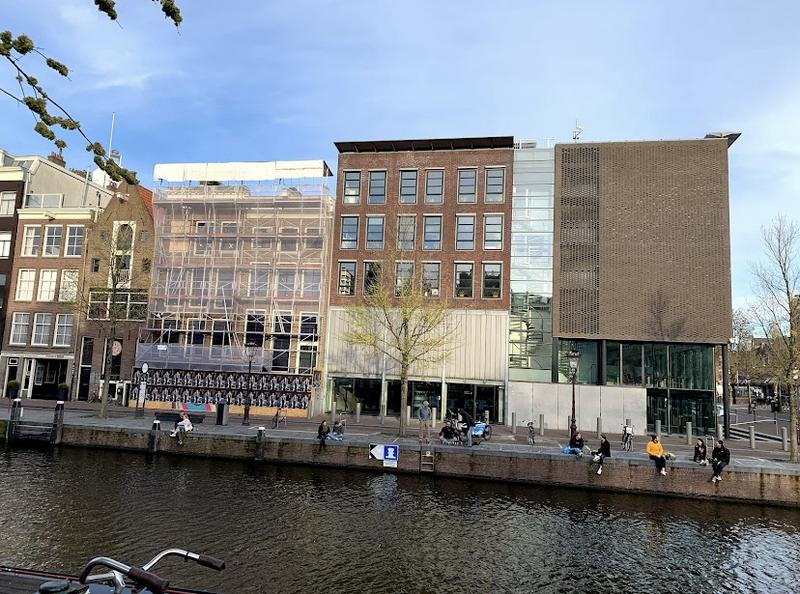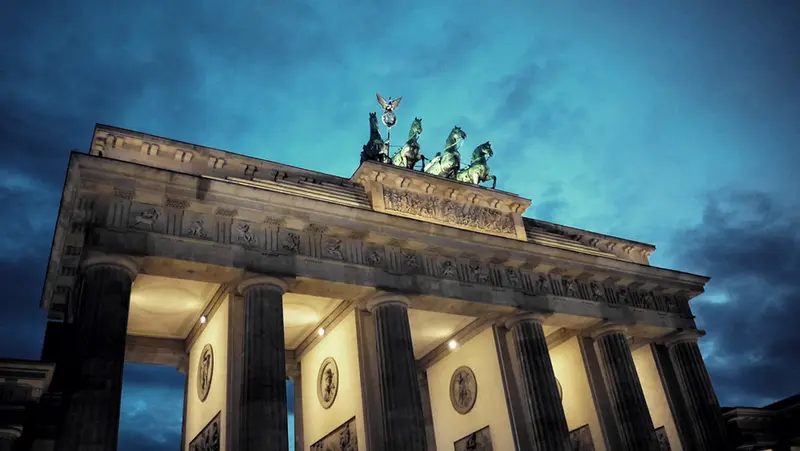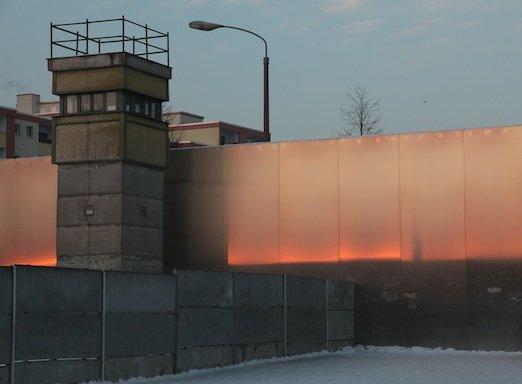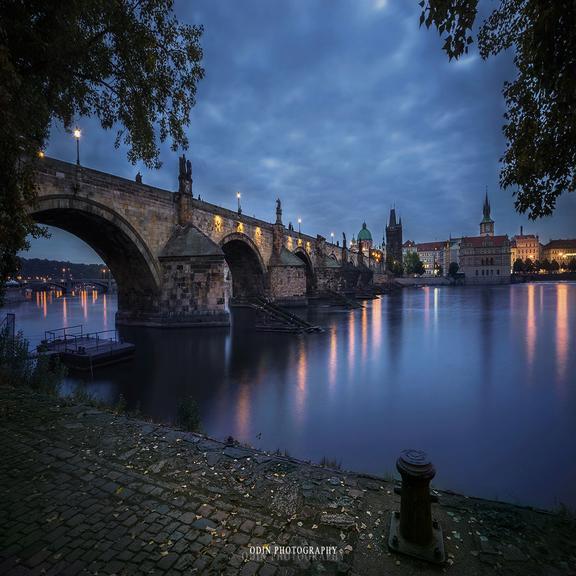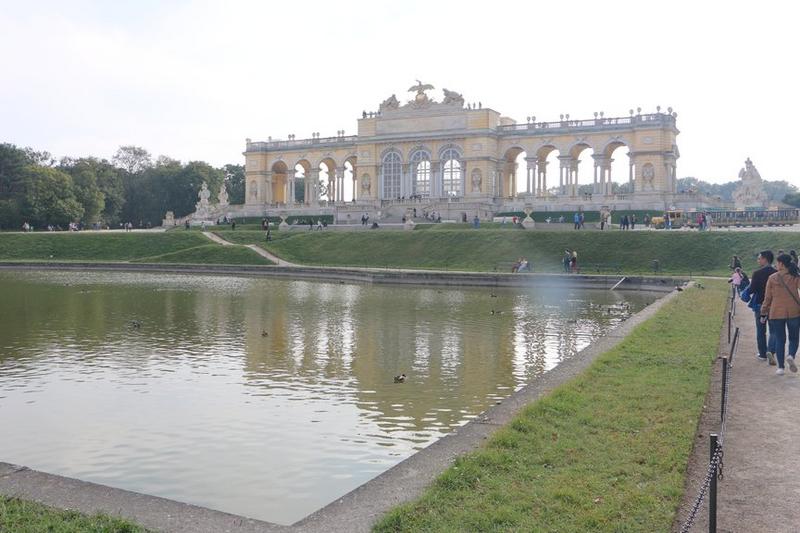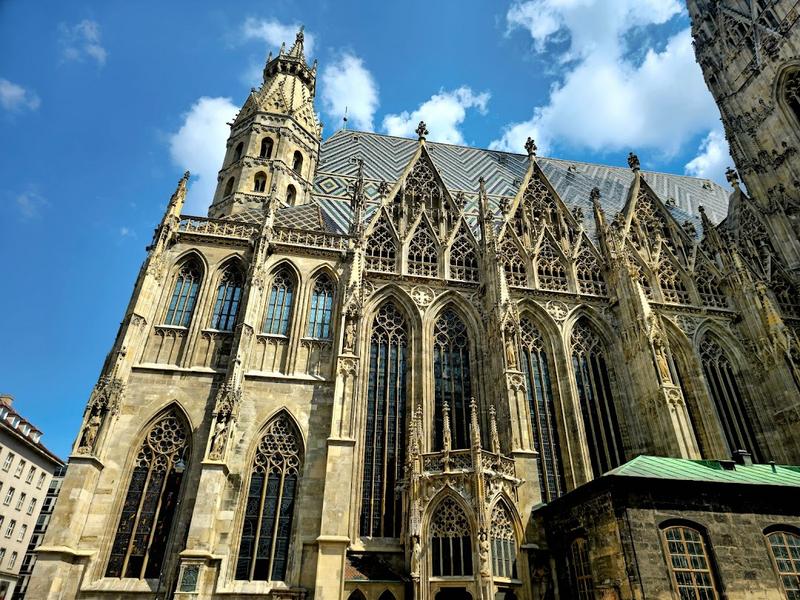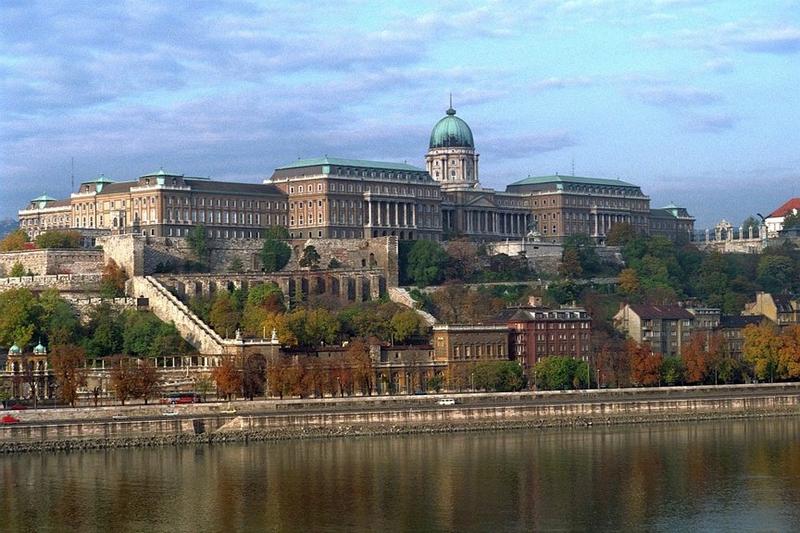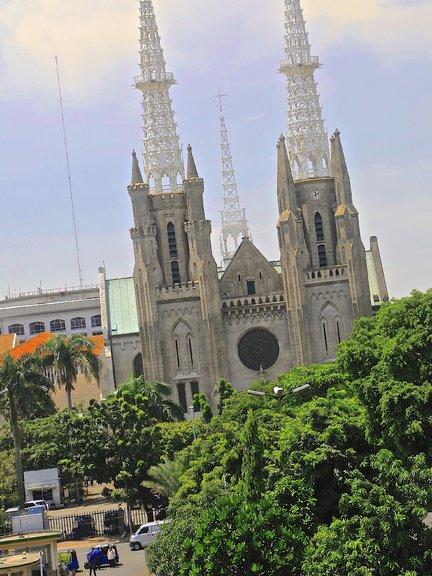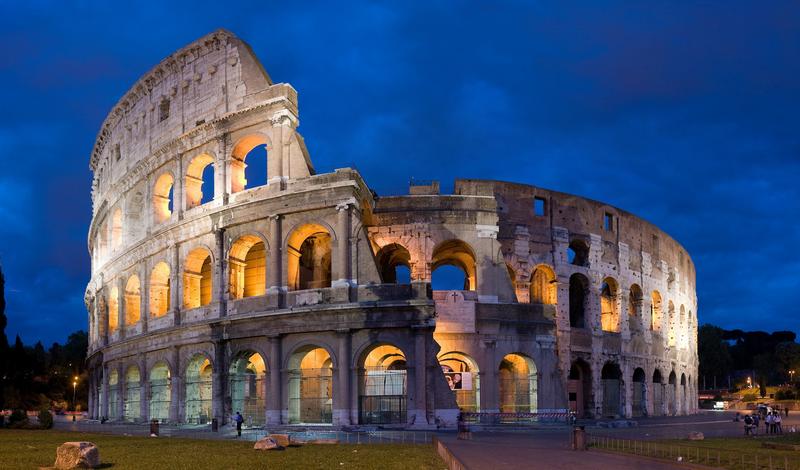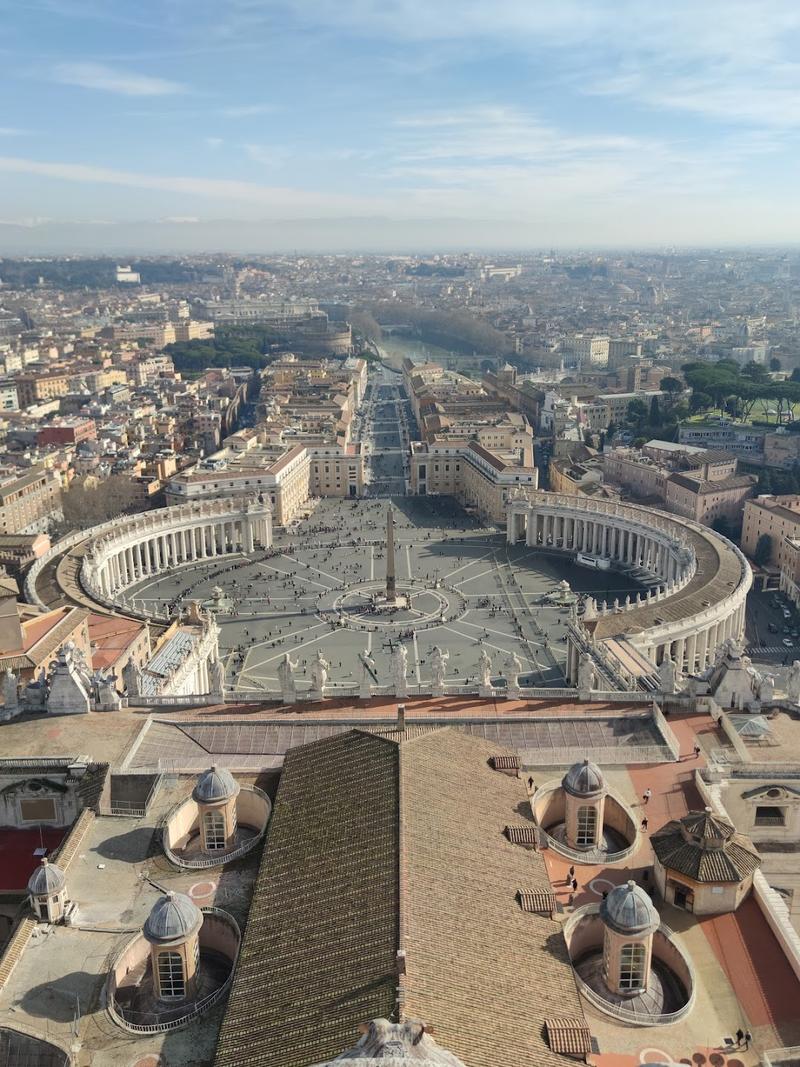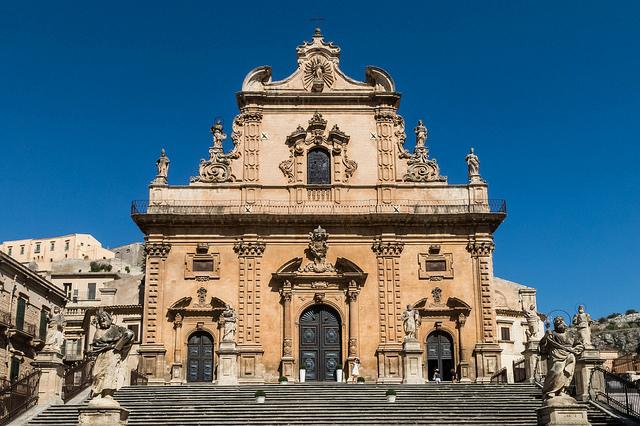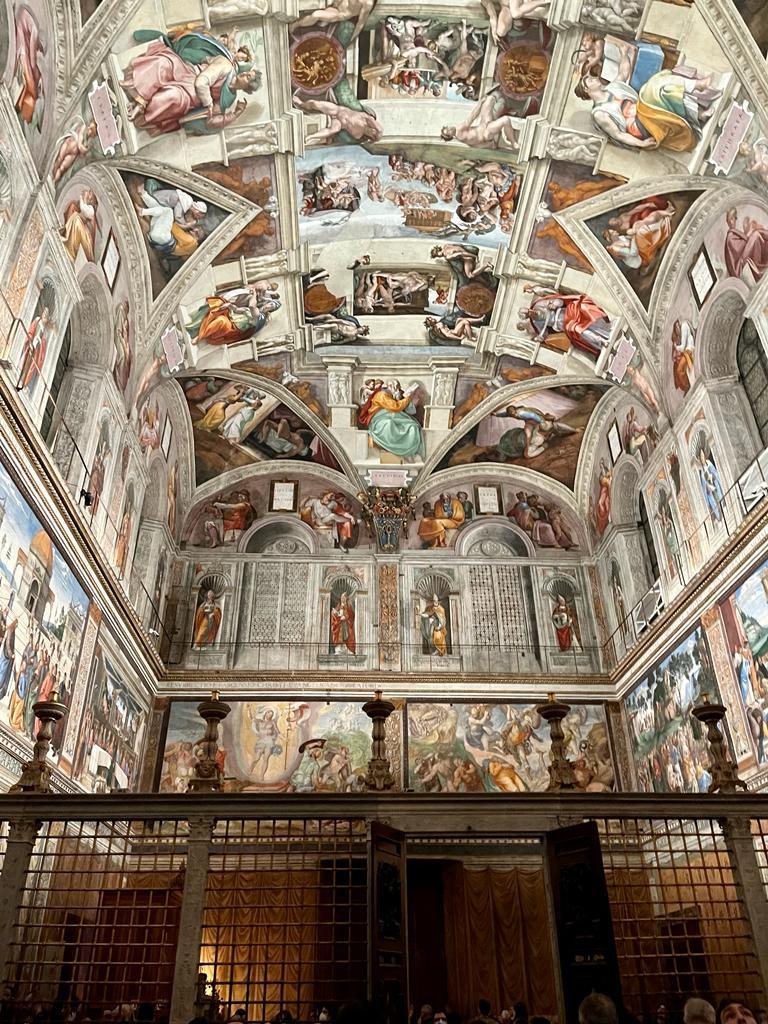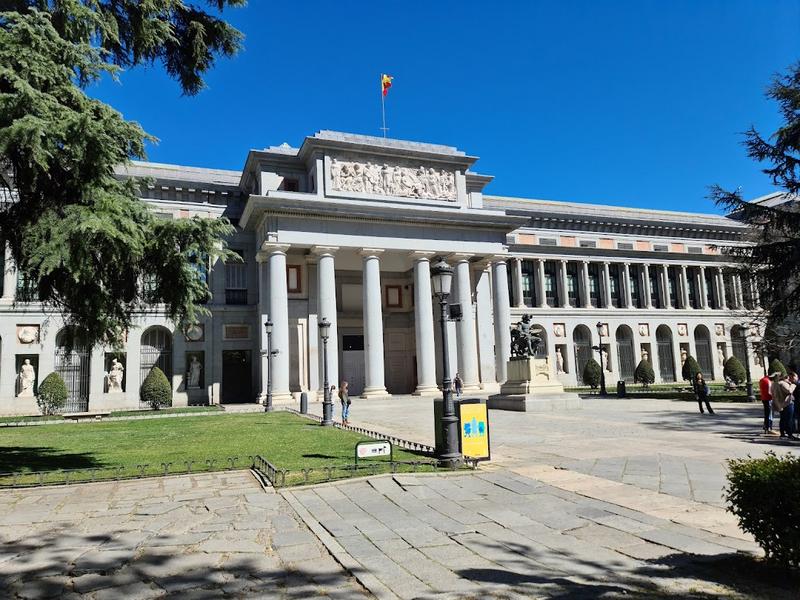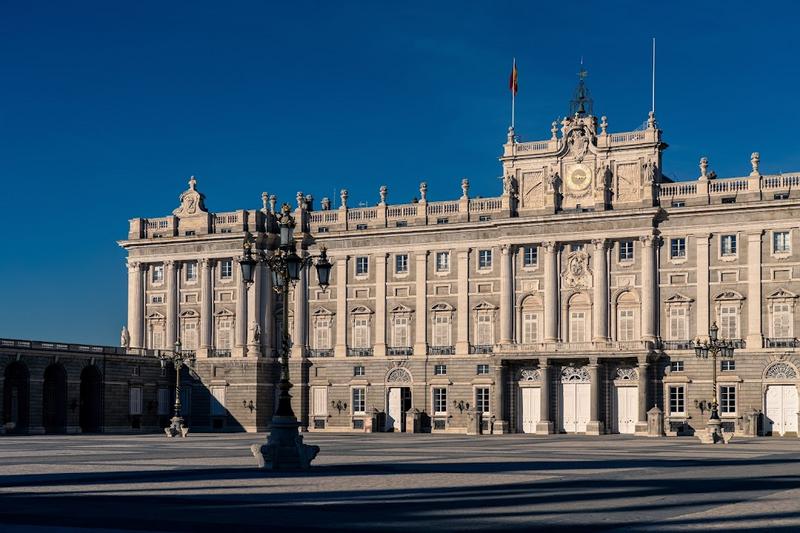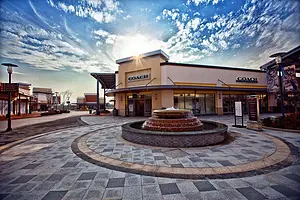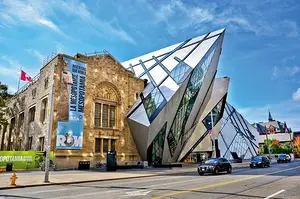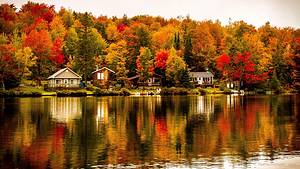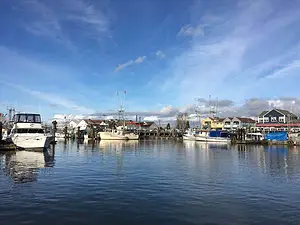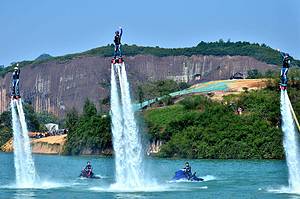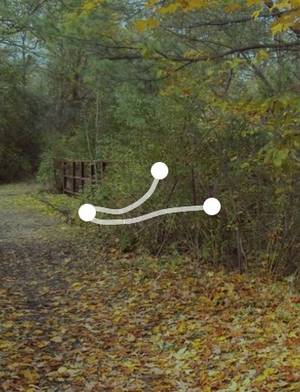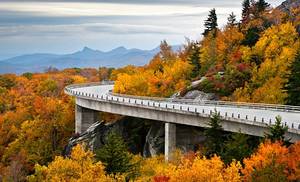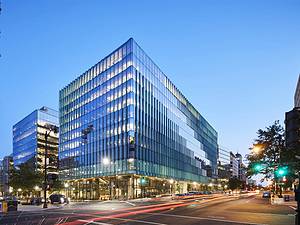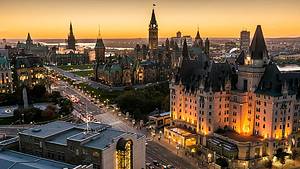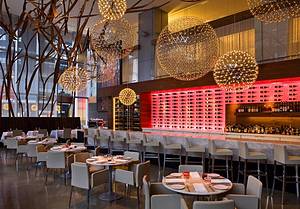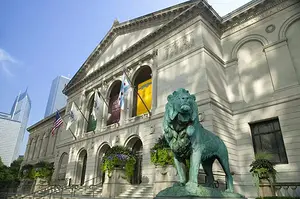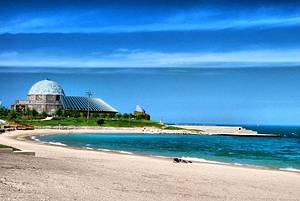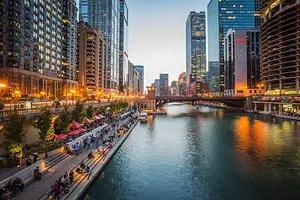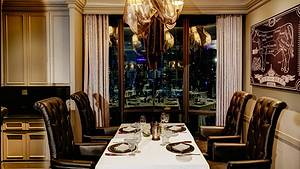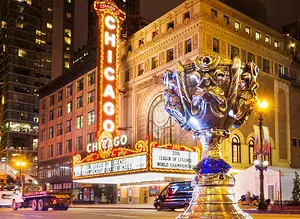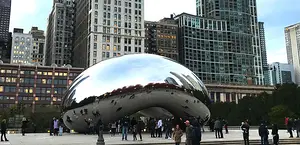European Wonders: 1-Month Travel Itinerary
13 cities |
22 attraction(s) |
total distance 11380
km
 TIPS
TIPS
Day1-4
Day5-7
Day8-10
Day11-13
Day14-16
Day17-19
Day20-22
Day23-25
Day26-28
Day29-30
Day1-4: London > London
2 attraction(s) ·
5893 km
2
Visitors can tour the palace's opulent private and state rooms or watch the changing of the guard.
Day5-7: Paris
2 attraction(s) ·
4 km
1
In 1889, the Eiffel Tower was built to commemorate the 100th anniversary of the French Revolution and to welcome the World Expo. This 324-meter-tall giant steel structure was initially controversial as it clashed with the architecture of Paris, and some even called for its demolition. However, today the Eiffel Tower has become a symbol of France and Paris.
Visitors can take the elevator or climb the stairs to reach the top of the tower and enjoy the breathtaking view of the city. On New Year's Eve, the tower sparkles for ten minutes at the top of each hour, and on specific holidays, it displays different colors, such as red for the Chinese New Year and blue for EU Day. During National Day, the Champ de Mars below the tower is an ideal venue for music festivals and New Year celebrations.
There are also two restaurants on the tower: Tour Eiffel 58 and the Michelin-starred restaurant Jules Verne. Tour Eiffel 58 offers lunch and dinner, starting at €19 for lunch and €80 for dinner, but with a higher cover charge. Jules Verne used to be a three-star Michelin restaurant but now has only one star. Lunch starts at €90, and dinner costs around €300 per person. Despite the expensive prices, they are still highly sought after due to their unique location. Therefore, it is advisable to book at least two months in advance during the peak season. If your budget allows, it is recommended to try other three-star Michelin restaurants for a better gastronomic experience.
4
km
2
The Louvre Museum is the former residence of French kings, built in the late 12th century. After several expansions and renovations during different periods of reign, it has become one of the largest museums in the world. The Louvre is divided into eight sections, including Oriental Antiquities, Egypt, Greece, Etruria and Ancient Rome, Paintings, Sculptures, Art Objects, Islamic Art, and Medieval to 1848 Paintings.
Originally a medieval fortress defending Paris, the Louvre has played various roles throughout history. With a love for art, French kings sponsored artists and collected a large number of renowned Italian paintings. During the French Revolution, it was opened as a museum and continued to expand and collect more artistic treasures in subsequent historical periods. The Louvre houses around 400,000 artifacts, with approximately 40,000 on regular display. Visitors should prepare in advance and, based on personal interests, it is recommended to visit the Italian and French painting galleries, Ancient Egypt Civilization gallery, Ancient Greek and Roman art gallery, and Napoleon III's apartments. As one of the world's top three museums, the Louvre attracts numerous visitors and has become one of the most popular tourist destinations in the world.
Day8-10: Amsterdam
2 attraction(s) ·
2 km
1
The Van Gogh Museum in Amsterdam has collected a quarter of all of Van Gogh's works, and is a must-visit destination for Van Gogh fans. The exhibition includes works from all periods of his life, from early works like "The Potato Eaters" and "Sunflowers" to later works like "The Yellow House", "Bedroom" and "Wheatfield with Crows", as well as classic works like "Harvest", "Fishing Boats on the Beach at Saintes-Maries" and "Wheatfield under Thunderclouds". These works vividly depict Van Gogh's creative process, allowing visitors to gain a deeper understanding of his artistic world. In addition, the museum also collects valuable treasures such as 750 letters from Van Gogh. It should be noted that some works may not be on display, so it is recommended to confirm and plan your itinerary on the official website before you go. Other works like "Starry Night" are at MoMA in New York, "The Starry Night Over the Rhone" is at the Musée d'Orsay in Paris, and "The Night Café" is at the Van Gogh Museum in the Netherlands. Whether you are a Van Gogh enthusiast or simply interested in art, the Van Gogh Museum is an excellent choice not to be missed.
2
km
2
Museum house where Anne Frank & her family hid from the Nazis in a secret annex, during WWII.
Day11-13: Berlin
2 attraction(s) ·
3 km
1
Brandenburg Gate is a landmark in Berlin, symbolizing the unification of Germany. It was built in 1791 in the Neoclassical style, modeled after the city gate of the Acropolis in Athens. The top of the gate features a bronze statue of the Victory Goddess with outstretched wings, holding a scepter adorned with an oak wreath, Iron Cross medal, and a soaring eagle, symbolizing victory in war. Facing east, Brandenburg Gate is the entrance to and the only preserved city gate of the old core area of Berlin. It has witnessed the rise and fall of German history. The Berlin Wall once stood to its west, dividing East and West Germany and preventing people from passing through for decades. Now, after recent restoration following the end of the Cold War, Brandenburg Gate and the surrounding Pariser Platz have become a popular tourist attraction in Berlin. On Pariser Platz, you will also find newly completed buildings such as the US Embassy and the famous Adlon Hotel.
3
km
2
This activity center was established in 1965 and was initially affiliated with the church. However, on August 13, 1961, due to the demolition and prohibition of entry into the church and church hall located on the border, its operation was hindered.
Day14-16: Prague
2 attraction(s) ·
1 km
1
The Charles Bridge, situated in the city center of Prague, Czech Republic, was constructed in the 14th century over the Vltava River. This 520-meter-long and 10-meter-wide stone bridge is a highly valuable and historically significant piece of architecture. Located next to the Prague Castle complex and the Old Town, it was the mandatory route for coronation processions of the monarchs in the past.
As you stroll across the bridge, you can witness street performances by artists and a variety of handicrafts. There are also plenty of artworks to be found, such as watercolor paintings depicting the Charles Bridge and puppets dressed in traditional Czech and court attire.
With a total of 30 statues of saints, this is the oldest and longest bridge in Europe, and has become renowned as an open-air baroque statue museum of Europe, thanks to the masterpieces of Czech baroque artists from the 17th and 18th centuries. While many of the statues have been replaced with replicas, there are still plenty of artworks and cultural heritage to appreciate for the visitors. Notably, the eighth statue on the right-hand side of the bridge is the guardian of the Charles Bridge, St. John. In the middle of the fence lies a golden cross indicating the spot where he was thrown off the bridge.
1
km
2
Prague Castle was once the residence of the Czech royal family and is now the office location for the president and national government agencies. It is also a popular spot for viewing the beauty of the Old Town area. The castle houses the crown jewels of Bohemian Kingdom and is one of the largest ancient castles in the world, spanning 570 meters in length and around 130 meters in width. The three most important sights in the castle include St. Vitus Cathedral, Golden Lane, and the Old Royal Palace. St. Vitus Cathedral is the oldest building in the city, with a history of over 1000 years. The highlights of this magnificent grey-black Gothic building include 20th-century stained glass windows, the tomb of St. John, and the St. Wenceslas Chapel. The large stained glass windows were created by the famous painter Mucha. Golden Lane is a small and delicate road with romantic colored small houses on either side. It used to be the residence of servants and craftsmen and got its name from the many alchemists who worked for the kings. In the late 19th century, it became a slum, but after a change in planning in the mid-20th century, the houses were converted into various souvenir and handicraft shops. The famous writer Kafka's old home is also located here. Every day at noon, the Old Royal Palace holds an impressive changing of the guard ceremony, attracting many tourists.
Day17-19: Vienna
2 attraction(s) ·
6 km
2
Medieval Roman Catholic place of worship with an ornate spire, catacombs & a treasury museum.
Day20-22: Budapest
2 attraction(s) ·
5 km
1
Located on Castle Hill in Budapest, Hungary, the building, known as the "Royal Palace" or "Royal Castle," occupies two-thirds of the entire area. The history of Buda Castle dates back to 1247, when Hungarian King Bela IV built the castle to prevent invasion by the Mongols. Later, Luxembourg King Sigismund converted the original building into a Gothic-style palace. From 1541 to 1686, the Ottoman Turks occupied Budapest, and the castle was used as a military camp and mosque. In the 17th century, the Habsburg dynasty drove out the Turks and rebuilt Buda Castle in the Baroque style. Today, Buda Castle is a museum and art gallery in Hungary, open to visitors for sightseeing. In 1987, the United Nations Educational, Scientific and Cultural Organization (UNESCO) listed Buda Castle as a World Heritage site.
5
km
2
Széchenyi Thermal Bath, located in the capital of Hungary, Budapest, is the largest thermal bath in Europe, with a pool area of 2711.9 square meters. Built in the early 20th century, the entire building has preserved the classic New Baroque style of the 18th century, with a creamy yellow exterior and a dark red dome, making it look magnificent like a palace. As one of the best thermal baths in the world, the water here has excellent medicinal and health value, and it is effective for rheumatism and cervical spondylosis. Some doctors even write "go to Széchenyi Thermal Bath for a bath" in their prescriptions.
Day23-25: Rome > Lazio > Modica > Rome
4 attraction(s) ·
1192 km
1
The Colosseum is one of the most famous buildings of ancient Rome and the largest circular amphitheater of the empire. Built between 72 AD and 82 AD on the site of Nero's Golden House, it could accommodate up to 50,000 people. The Colosseum was commissioned by Emperor Vespasian and completed under his son Titus, with later renovations by Domitian. It served as a venue for animal hunts and gladiator games until 523 AD. According to Cassius Dio, the opening ceremonies lasted 100 days and 11,000 animals were killed. Earthquakes in 442 AD and 508 AD caused severe damage to the structure, and it was further destroyed during the Middle Ages and used as a fortress. In the 15th century, the Vatican began protecting the Colosseum as a holy site due to early Christian martyrs who were said to have been killed there. The design of the Colosseum was based on Greek theaters, but with the addition of arches, spectators' seats were built on top to form a circular amphitheater. There were also canopies suspended by cables to shade spectators and aid ventilation. Under the arena were various tunnels and chambers for storing props, animals, and gladiators, which could be lifted onto the stage during performances. The Colosseum even had a water channel to create a lake for naval battles.
4
km
3
St. Peter's Cathedral is located in the lower city of Modica and was built in the 14th century. It stands in contrast to the Cathedral of St. George in the upper city, complementing each other. The exterior of the cathedral is magnificent and exquisitely decorated, with 12 life-sized statues of the apostles arranged on either side of the steps, making for a spectacular sight.
595
km
4
Multiple galleries of classical & Renaissance art masterpieces, plus the Sistine Chapel frescoes.
Day26-28: Barcelona
2 attraction(s) ·
3 km
1
Antoni Gaudí's renowned unfinished church, started in the 1880s, with museum and city views.
3
km
2
Güell Park, also known as Park Güell, is an early masterpiece by Antoni Gaudí, full of oriental charm. From the outside, you can see that the window design adopts the ventilation technology used by desert peoples to protect against sand and dust, and the walls use bricks instead of stones to form the geometric shapes commonly found in Mudéjar-style architecture. In addition, the decorative broken tiles also show Gaudí's innovative creativity. Güell Park is one of Antoni Gaudí's works listed as a World Heritage Site by UNESCO.
Here, Gaudí transferred his genius talent to garden planning. Upon entering the gate of Park Güell, tourists can see a giant lizard sculpture that often appears in travel magazines. The stairs next to the lizard guide visitors upwards, into a fantastical world of color and dreamlike atmosphere. Gaudí's home is also located here, and this pink little house has now been transformed into a museum showcasing Gaudí's life and work.
Day29-30: Madrid
2 attraction(s) ·
2 km
1
Art museum with Velazquez, Goya and El Greco masterpieces in vast 12th- to 19th-century collection.
2
km
2
18th-century, ridge-top palace for state occasions, plus tours with rooms full of art and antiques.
